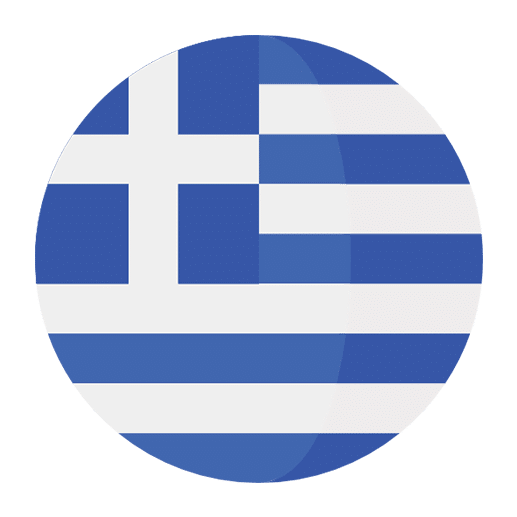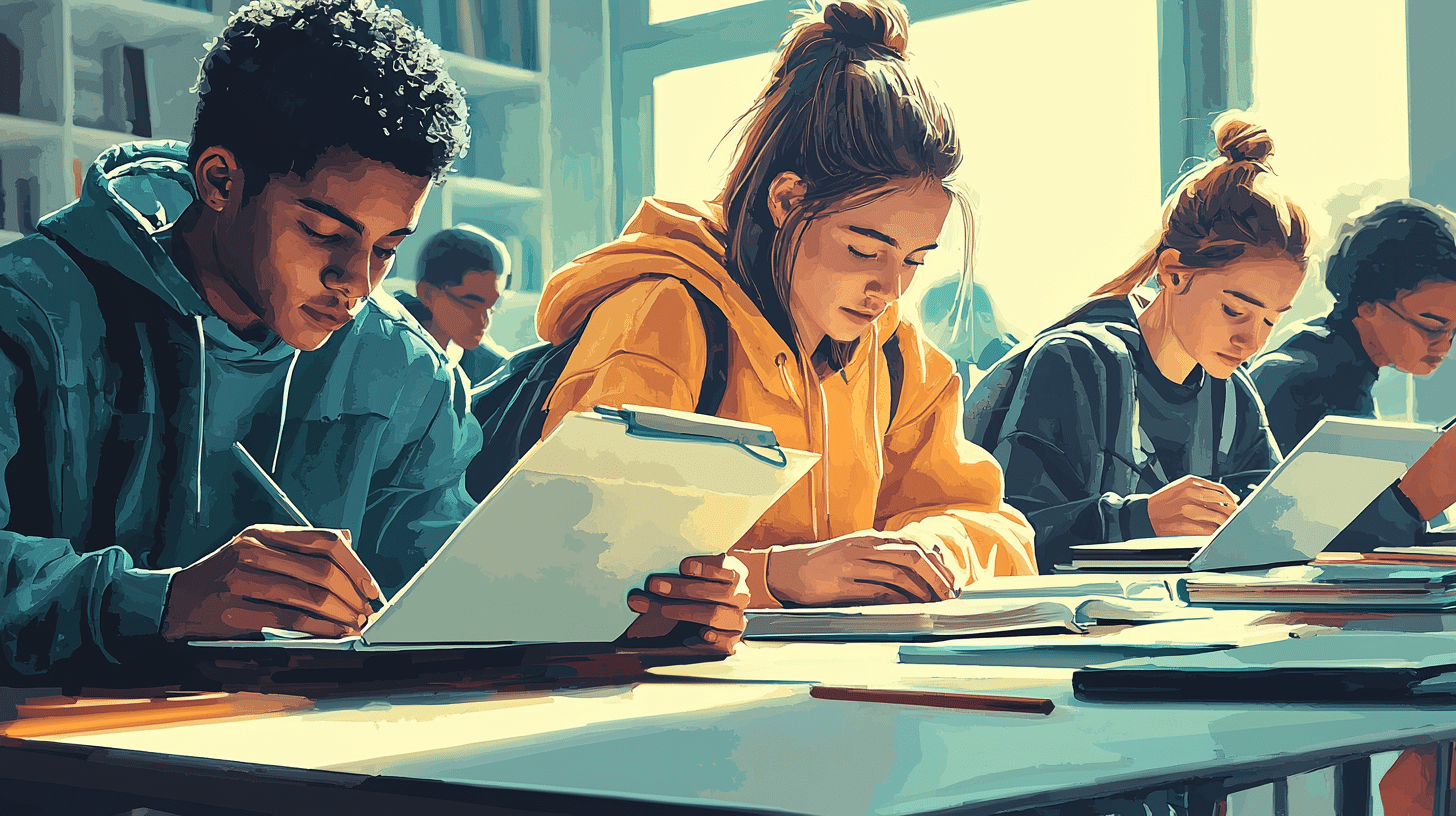Traditional Greek arts, encompassing a rich tapestry of music, dance, theater, literature, and visual arts, have long been celebrated for their cultural and historical significance. However, their value extends beyond mere appreciation; they can also serve as powerful tools in language learning. Engaging with Greek arts can enrich the language acquisition process, providing learners with context, cultural insights, and immersive experiences that transcend conventional methods. This article explores how traditional Greek arts can play a vital role in learning the Greek language, making the journey more engaging, effective, and enjoyable.
The Interplay Between Language and Culture
Language and culture are deeply intertwined. To truly understand a language, one must also grasp the cultural nuances that shape it. Traditional Greek arts offer a window into the Greek worldview, values, and social norms. By integrating these artistic forms into language learning, students can gain a deeper understanding of the cultural context in which the language is used.
For instance, Greek music often reflects themes of love, struggle, and celebration, providing insight into the emotional and social fabric of Greek life. Similarly, Greek theater, with its roots in ancient traditions, offers timeless narratives and moral lessons that continue to resonate in modern Greek society. Engaging with these art forms allows learners to see beyond the grammatical structures and vocabulary, enabling them to appreciate the language as a living, dynamic entity.
Music: The Melodic Path to Language Acquisition
Music is a universal language, and its rhythmic and melodic elements can significantly aid in language learning. Greek music, with its diverse genres ranging from ancient chants to contemporary pop, provides an auditory immersion that can enhance pronunciation, vocabulary, and listening skills.
Enhancing Pronunciation Through Song
Singing along to Greek songs can be a fun and effective way to practice pronunciation. The repetitive nature of lyrics helps reinforce correct pronunciation and intonation patterns. For example, traditional Greek folk songs, known as “dimotika,” often feature simple, repetitive lyrics that are ideal for beginners. By singing these songs, learners can mimic native speakers’ pronunciation, improving their phonetic accuracy.
Expanding Vocabulary with Lyrics
Lyrics are a treasure trove of vocabulary. Greek songs, whether they are ancient hymns or modern pop hits, introduce learners to a wide range of words and phrases. By analyzing song lyrics, students can learn new vocabulary in context, making it easier to remember and use in conversation. For instance, the popular song “Mia Nyhta Sto Pyreio” (A Night in the Tavern) by Stelios Kazantzidis introduces learners to words related to nightlife, emotions, and social interactions.
Improving Listening Skills
Listening to Greek music can also improve auditory comprehension. The varied tempos, accents, and dialects found in Greek songs challenge learners to understand spoken Greek in different contexts. By regularly listening to Greek music, learners can train their ears to recognize different sounds and speech patterns, enhancing their overall listening skills.
Dance: Moving to the Rhythm of Language
Dance is another integral aspect of Greek culture that can facilitate language learning. Traditional Greek dances, such as the “syrtos,” “kalamatianos,” and “zeibekiko,” are often accompanied by songs and chants that convey stories, emotions, and cultural values. Participating in these dances allows learners to experience the language in a physical and social context.
Learning Through Movement
Dance requires learners to listen to and follow verbal instructions, which can improve their comprehension and listening skills. For example, learning the steps of the “syrtos” dance involves understanding commands such as “aristera” (left) and “dexia” (right). By associating these commands with physical movements, learners can reinforce their understanding of directional vocabulary.
Social Interaction and Language Practice
Greek dances are often performed in groups, providing opportunities for social interaction and language practice. Participating in dance events or classes allows learners to engage with native speakers, practice conversational Greek, and gain confidence in using the language in social settings. The communal nature of Greek dance fosters a sense of belonging and encourages learners to use the language naturally and spontaneously.
Theater: Dramatic Expressions of Language
Greek theater has a long and illustrious history, with its origins dating back to ancient times. The works of playwrights such as Sophocles, Euripides, and Aristophanes have left an indelible mark on world literature and continue to be studied and performed today. Theater, with its emphasis on dialogue, expression, and storytelling, offers a rich resource for language learners.
Exploring Classical Texts
Reading and analyzing classical Greek plays can deepen learners’ understanding of the language’s structure, vocabulary, and stylistic elements. These texts often feature complex sentence constructions and poetic language, challenging learners to think critically and expand their linguistic repertoire. For example, studying Sophocles’ “Antigone” exposes learners to archaic vocabulary and intricate dialogues, enhancing their reading comprehension and analytical skills.
Practicing Conversational Skills
Performing scenes from Greek plays allows learners to practice speaking and listening in a dramatic context. By acting out dialogues, students can experiment with different tones, emotions, and expressions, improving their fluency and confidence. Participating in theater workshops or drama clubs can also provide opportunities for collaborative learning and peer feedback.
Understanding Cultural Contexts
Greek theater often addresses universal themes such as love, fate, and justice, reflecting the values and beliefs of Greek society. By exploring these themes through theater, learners can gain a deeper understanding of Greek culture and its influence on the language. For example, Euripides’ play “Medea” delves into themes of revenge and betrayal, offering insights into ancient Greek views on morality and human behavior.
Literature: The Written Word as a Language Resource
Greek literature, spanning from epic poems and classical tragedies to modern novels and poetry, offers a wealth of material for language learners. Engaging with Greek literature can enhance reading comprehension, expand vocabulary, and provide cultural insights.
Reading Classic and Contemporary Works
Classic works such as Homer’s “Iliad” and “Odyssey” are foundational texts in Greek literature. These epic poems not only offer rich narratives and vivid imagery but also introduce learners to ancient Greek language and mythology. Reading these texts in their original language can be challenging, but it offers a rewarding experience that deepens one’s appreciation of the language’s historical and literary roots.
Contemporary Greek literature, such as the works of Nikos Kazantzakis and Odysseas Elytis, offers more accessible language and modern themes. These texts reflect contemporary Greek society and culture, providing learners with a more current perspective on the language. For example, Kazantzakis’ novel “Zorba the Greek” offers a captivating story that explores themes of freedom, passion, and the human spirit, all while introducing readers to conversational Greek.
Analyzing Poetry
Greek poetry, with its emphasis on rhythm, meter, and imagery, can enhance learners’ linguistic and analytical skills. Poems often use figurative language and symbolism, challenging learners to interpret meaning beyond the literal words. For example, the poetry of C.P. Cavafy, known for its reflective and historical themes, invites readers to explore nuanced language and cultural references.
Writing and Translation Exercises
Engaging with Greek literature can also inspire creative writing and translation exercises. By translating passages from Greek texts into English or vice versa, learners can practice their language skills and gain a deeper understanding of syntax and vocabulary. Writing essays or creative pieces inspired by Greek literature can also encourage learners to express themselves in Greek, enhancing their writing proficiency and creativity.
Visual Arts: Seeing Language Through Imagery
Greek visual arts, including pottery, sculpture, painting, and architecture, offer a visual dimension to language learning. These art forms convey stories, symbols, and historical contexts that can enrich the language learning experience.
Interpreting Artworks
Analyzing Greek artworks can enhance learners’ descriptive and interpretive skills. For example, examining a classical Greek vase painting depicting a mythological scene can prompt learners to describe the imagery, identify characters, and narrate the story in Greek. This exercise not only expands vocabulary but also encourages learners to think critically and articulate their observations.
Exploring Historical and Cultural Contexts
Greek visual arts often reflect historical events, religious beliefs, and social customs. By studying these artworks, learners can gain insights into the cultural contexts that shaped the Greek language. For example, the Parthenon sculptures offer a glimpse into ancient Greek religious practices and artistic achievements, providing learners with a deeper appreciation of the cultural heritage embedded in the language.
Creating Art-Inspired Projects
Incorporating art projects into language learning can foster creativity and engagement. Learners can create their own artworks inspired by Greek art, accompanied by written or spoken descriptions in Greek. This hands-on approach encourages learners to use the language in a meaningful and personal context, reinforcing their language skills through creative expression.
Integrating Traditional Greek Arts into Language Learning
To effectively incorporate traditional Greek arts into language learning, educators and learners can adopt various strategies and approaches.
Multimedia Resources
Utilizing multimedia resources such as music recordings, videos of dance performances, theater productions, and digital galleries of Greek art can provide immersive and interactive learning experiences. Online platforms and language learning apps often offer resources that integrate cultural content with language exercises, making it easier for learners to access and engage with traditional Greek arts.
Collaborative Learning
Collaborative learning activities, such as group discussions, projects, and performances, can enhance the language learning experience. For example, learners can work together to perform a Greek play, create a presentation on Greek art, or organize a Greek music and dance event. These activities encourage communication, teamwork, and cultural exchange, making language learning more dynamic and enjoyable.
Experiential Learning
Experiential learning opportunities, such as cultural immersion programs, study abroad experiences, and visits to Greek cultural institutions, can provide firsthand exposure to traditional Greek arts. Engaging with native speakers, attending live performances, and exploring historical sites allow learners to experience the language and culture in authentic settings, deepening their understanding and appreciation.
Conclusion
Traditional Greek arts offer a rich and multifaceted resource for language learners. By engaging with music, dance, theater, literature, and visual arts, learners can enhance their language skills, gain cultural insights, and experience the Greek language in meaningful and immersive ways. Integrating traditional Greek arts into language learning not only enriches the educational experience but also fosters a deeper connection to the cultural heritage that shapes the language. Whether through singing a folk song, performing a classical play, analyzing a poem, or creating an art-inspired project, learners can embark on a vibrant and rewarding journey of language acquisition that celebrates the beauty and diversity of Greek arts.

